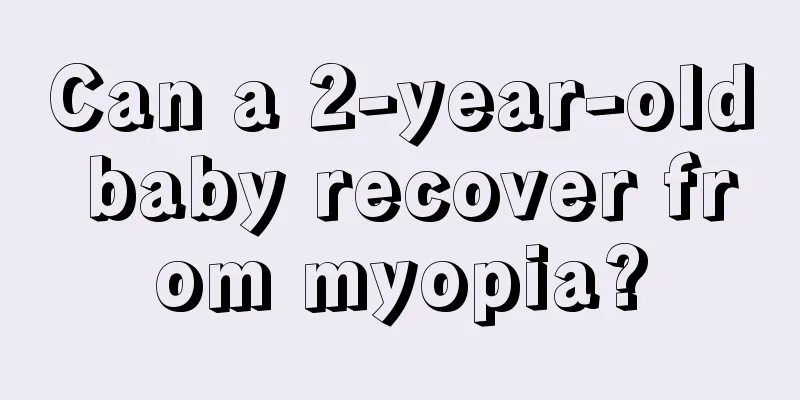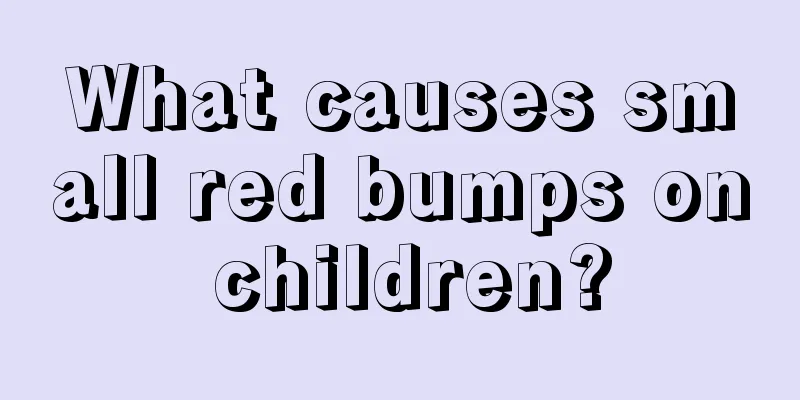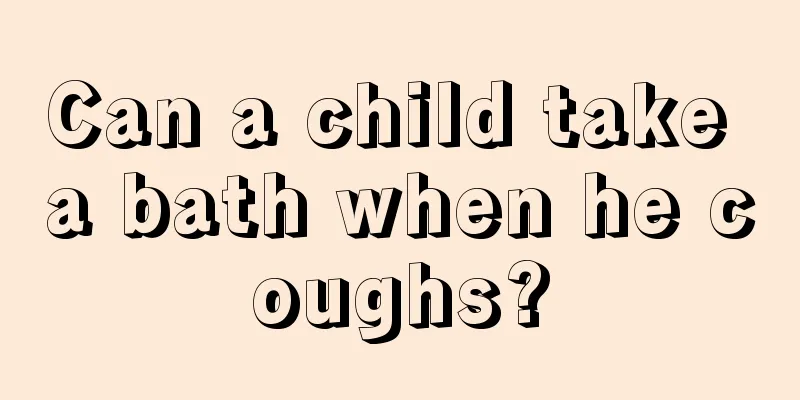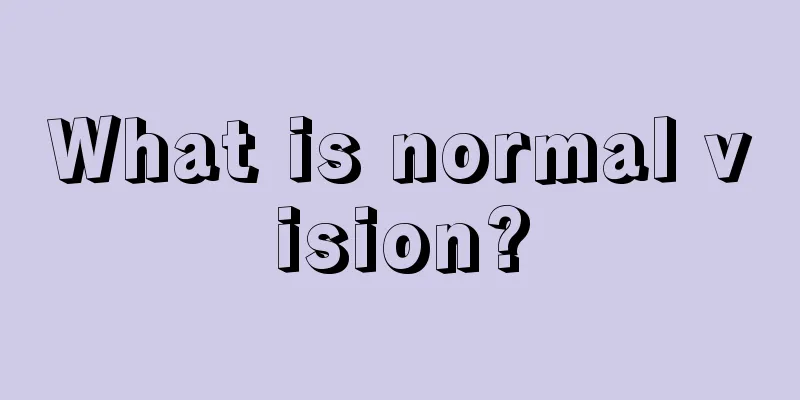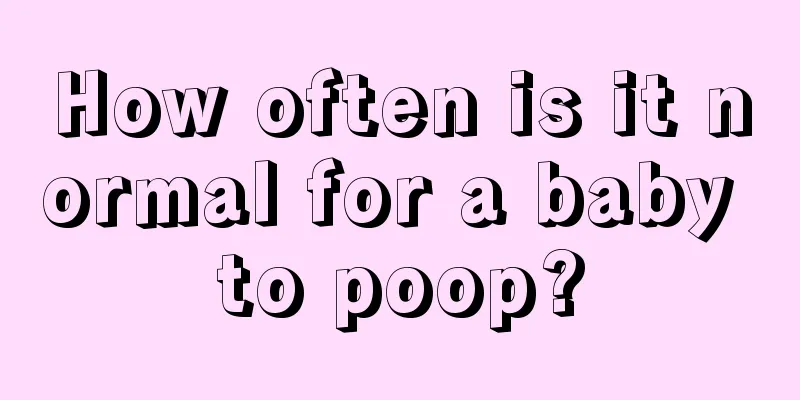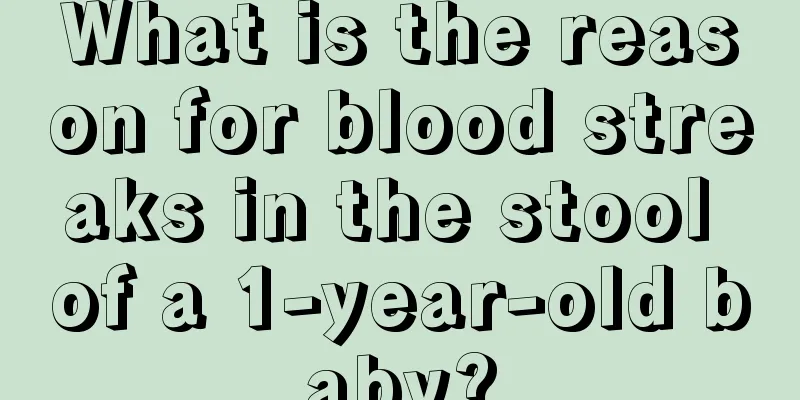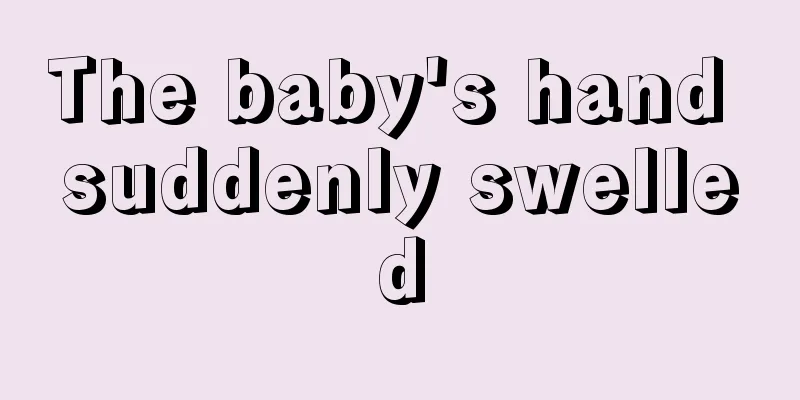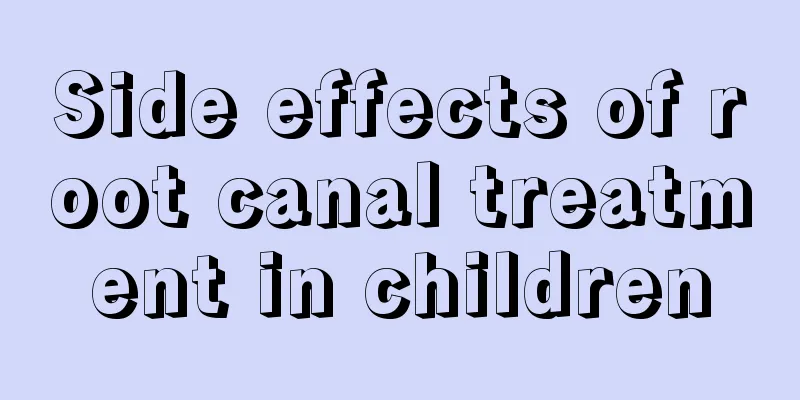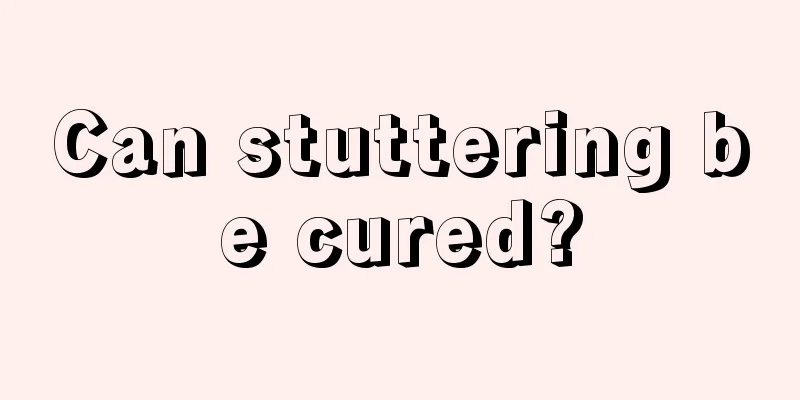What are the symptoms of sinusitis in children?
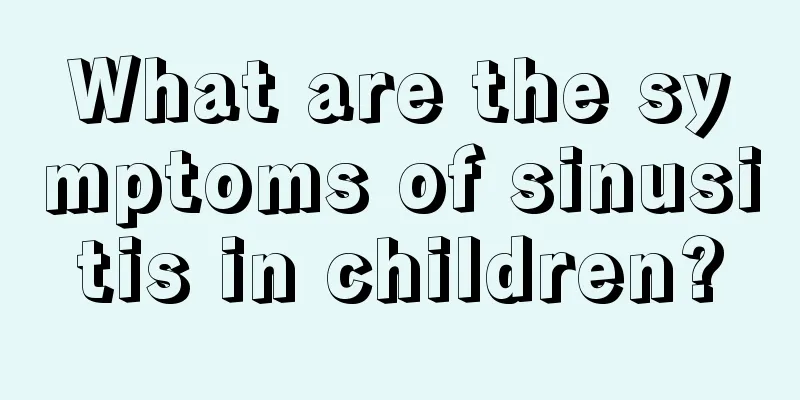
|
For families with children suffering from sinusitis, they are very clear about the symptoms of sinusitis in children. Because they pay attention to their children's illness all the time, they are more familiar with some of the symptoms of sinusitis in children. So what are the symptoms of sinusitis in children? From what symptoms can we identify sinusitis? In fact, it is very simple to identify sinusitis. I think you will understand after reading the explanation below. Sinusitis is a nonspecific inflammation of the sinus mucosa, which can cause headaches, dizziness, insomnia, forgetfulness, irritability, and irritability. At the same time, sinusitis can also become a lesion, affecting the inflammation of surrounding tissues, especially eye diseases, such as central retinitis. Patients must understand the symptoms of sinusitis in detail, detect the condition in time after becoming ill, and choose the correct method for treatment as soon as possible. Sinusitis in children is a common disease in the otolaryngology department, and is often manifested by nasal congestion, purulent runny nose, headache, etc. It is not easy to distinguish from general upper respiratory tract infections. However, if the cold does not improve after a week and the yellow purulent runny nose continues, sinusitis should be considered. Because children do not know how to blow their noses, when there is a lot of mucus, it can flow from the back of the nasal cavity into the mouth and cause coughing. Since many children have concurrent diseases such as adenoids hypertrophy and are more susceptible to respiratory tract infections, sinusitis is prone to recurring. The frontal sinus and sphenoid sinus usually begin to develop after the age of 2-3 years, so they are affected later. Acute sinusitis: Early symptoms are similar to those of acute rhinitis or colds, but the systemic symptoms are more obvious than those in adults. In addition to nasal congestion and purulent discharge, there may be symptoms such as fever, dehydration, mental depression or irritability, rapid breathing, refusal to eat, and even convulsions. It is also accompanied by sore throat and cough; it may also be accompanied by acute otitis media, nosebleed, etc.; older children may complain of headache or pain on one side of the cheek. The classification of pediatric sinusitis is also different. It is roughly divided into pediatric acute sinusitis and pediatric chronic sinusitis. Acute sinusitis in children is difficult to treat. Because it develops faster. The main symptoms are nose bleeding and headache. So what are the symptoms of sinusitis in children? From the symptoms of acute sinusitis in children, we can see that the symptoms of acute sinusitis in children are mainly runny nose, headache and nosebleed. The most serious of these is nosebleed. |
<<: How to deal with sinusitis in children
>>: What are the differences between rhinitis and sinusitis in children?
Recommend
Methods for primary school students to improve their memory
Many mothers are looking for various ways to help...
What to do if your child coughs while sleeping but not at other times
There are many children who are very normal durin...
Is it okay for children to eat walnut kernels?
As everyone has heard and understood, walnuts are...
Precautions for suctioning sputum in children
If suctioning is performed on children, some prec...
Is it right to use a hot towel when a child has a fever?
Mothers all know that every child will experience...
Can babies drink salt water when they have a fever?
Babies can drink saline solution when they have a...
Why is the newborn baby so irritable?
While welcoming the arrival of a newborn, every f...
Measles vaccine reaction
When it comes to measles vaccine, perhaps many pe...
How long do premature babies usually stay in the hospital?
If the child is a premature baby, he or she gener...
What's wrong with a one-year-old boy who urinates for a short time and frequently?
A one-year-old boy has a short urination time and...
Baby's five-month sleep time and precautions
An important issue that many of us overlook is sl...
What should I do if my child urinates frequently at night?
Urine is a metabolic behavior that the human body...
How to treat tracheitis in children?
If a child develops a respiratory disease such as...
What is the correct sleeping position for babies?
For parents, the health of their children is what...
What is the treatment for telangiectasia in children?
Recently, the problem of capillary dilation in ma...
